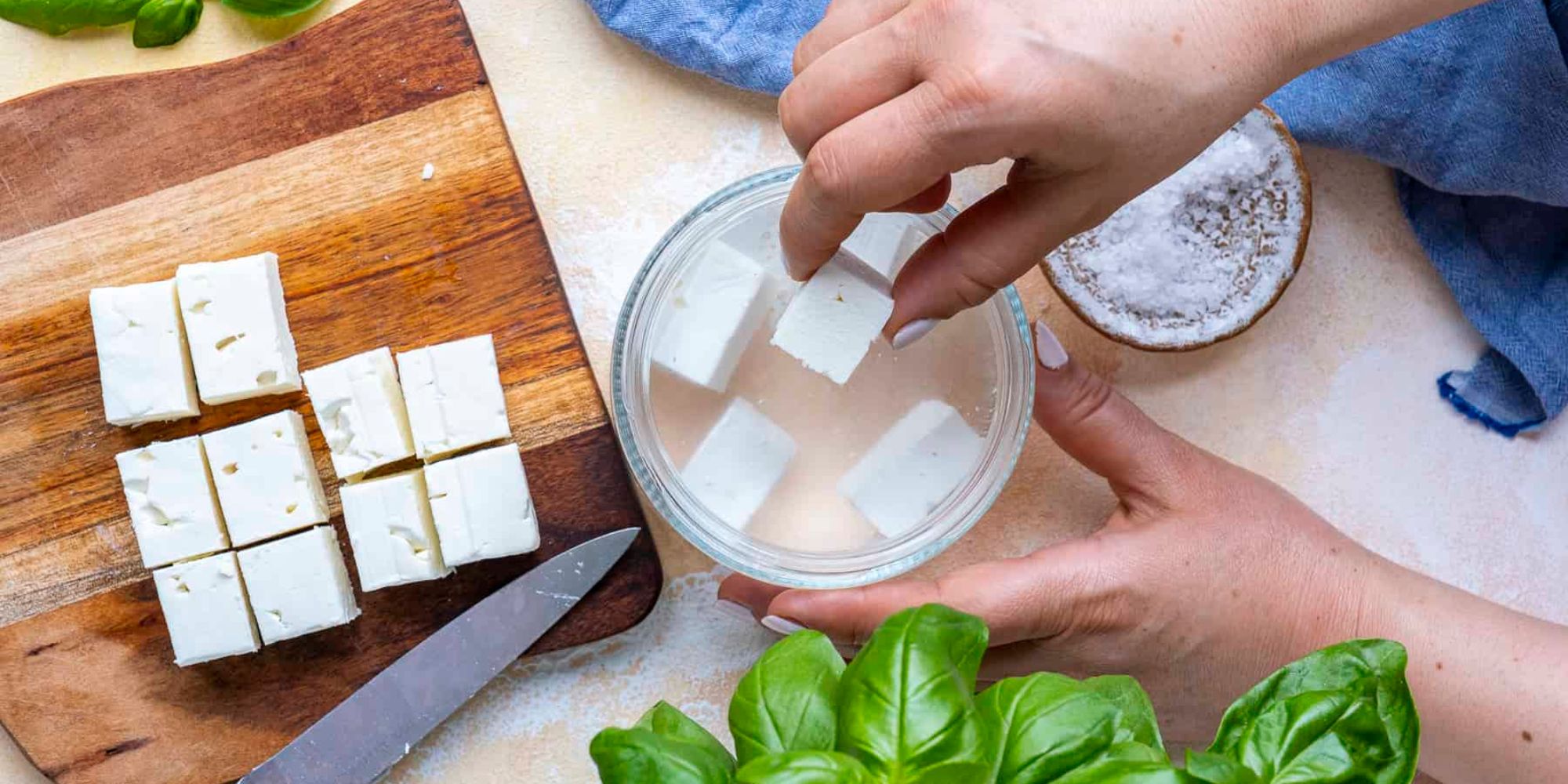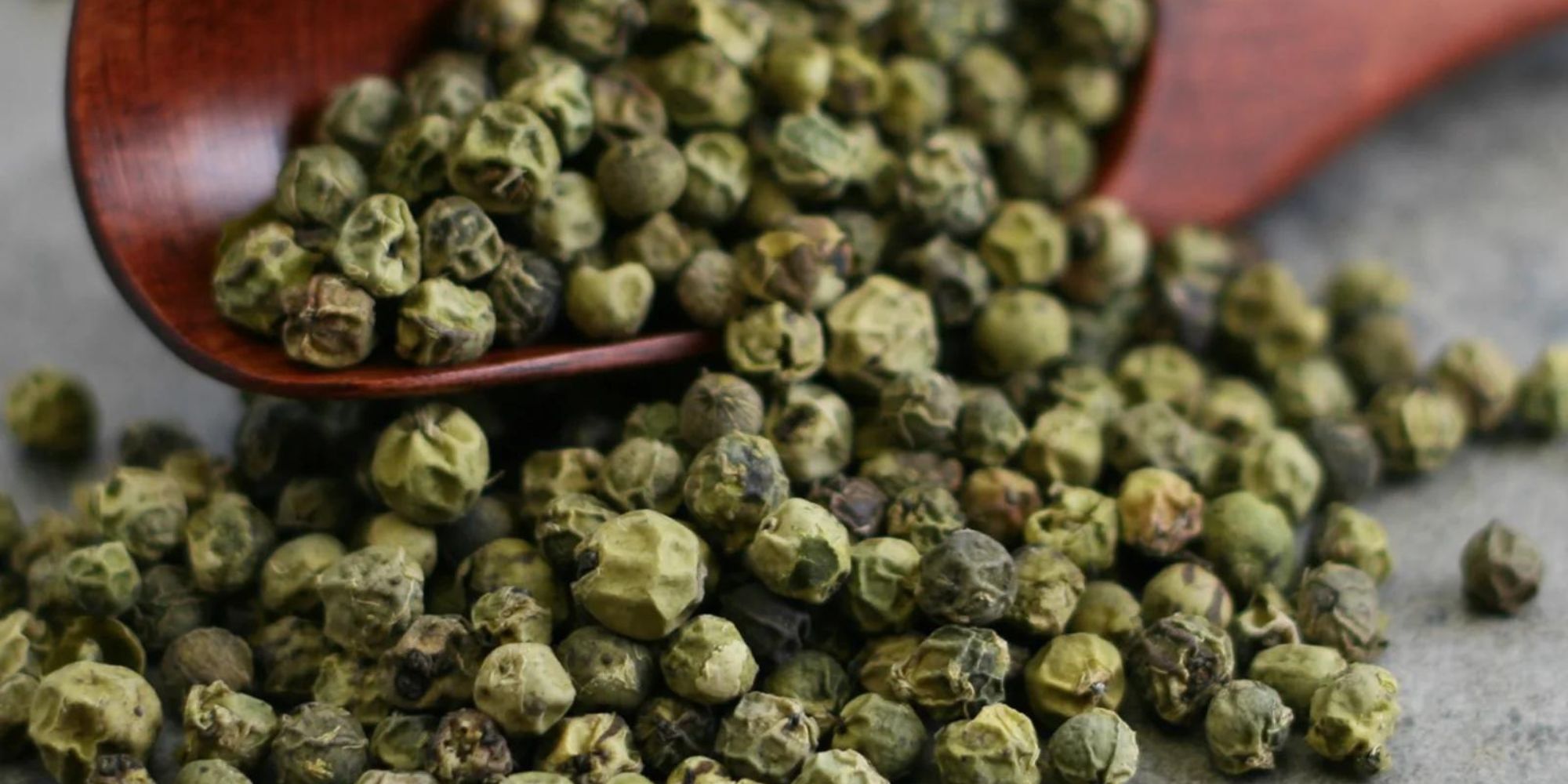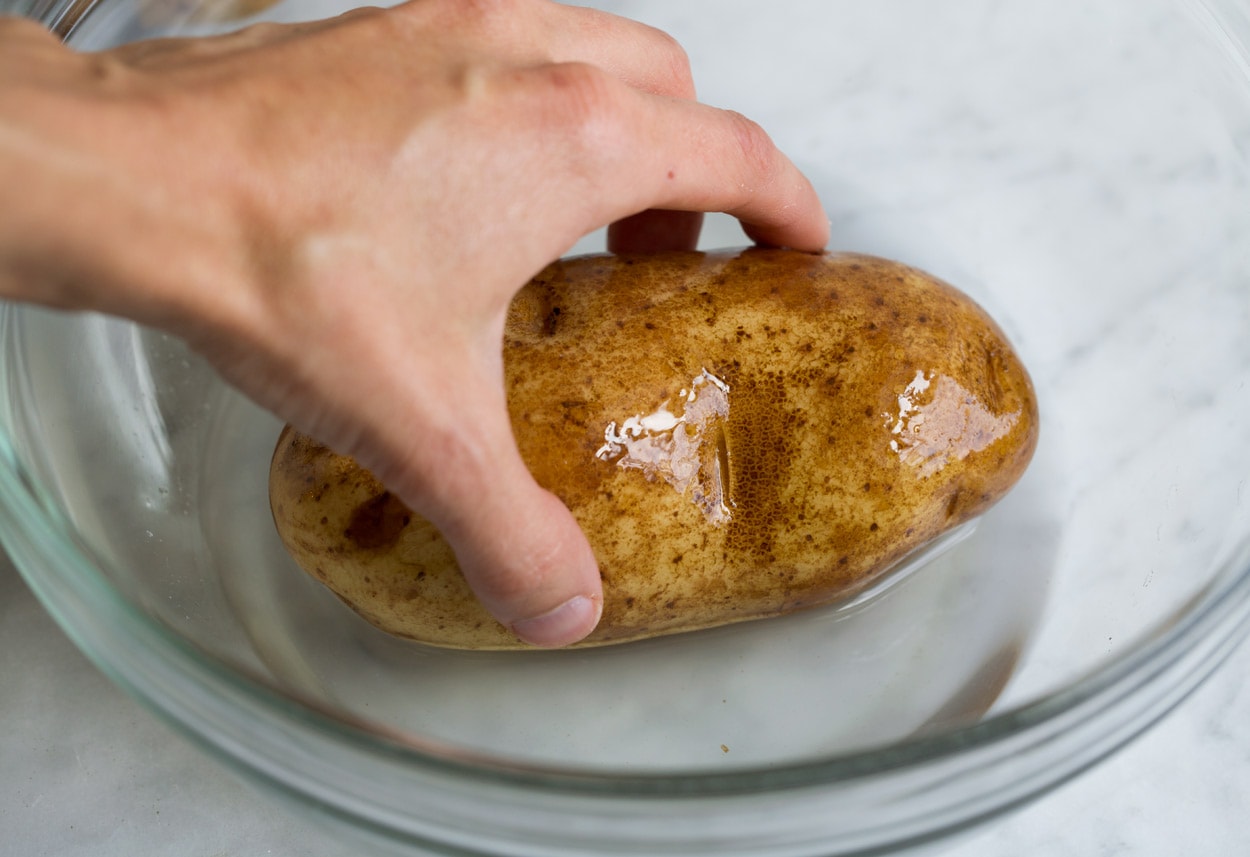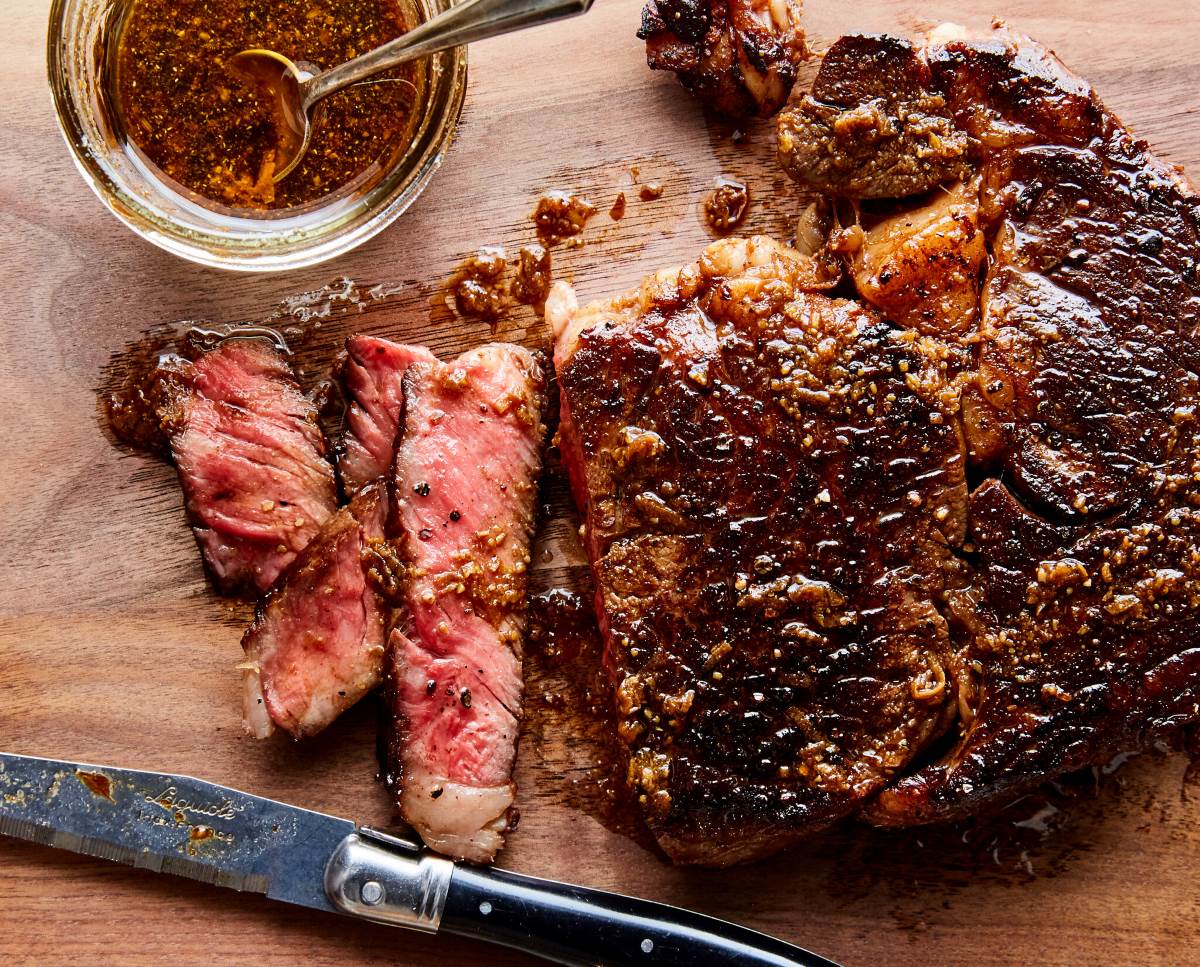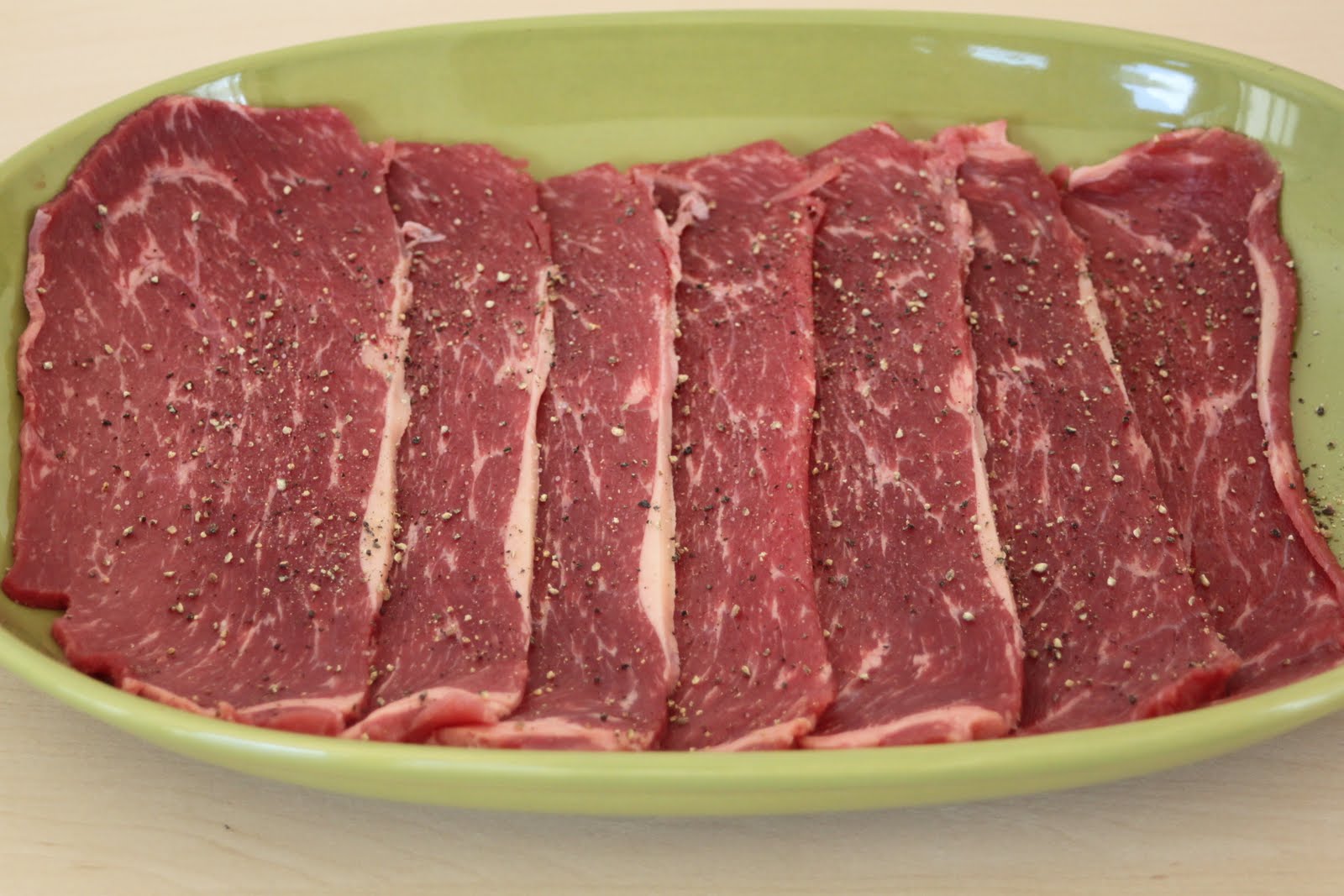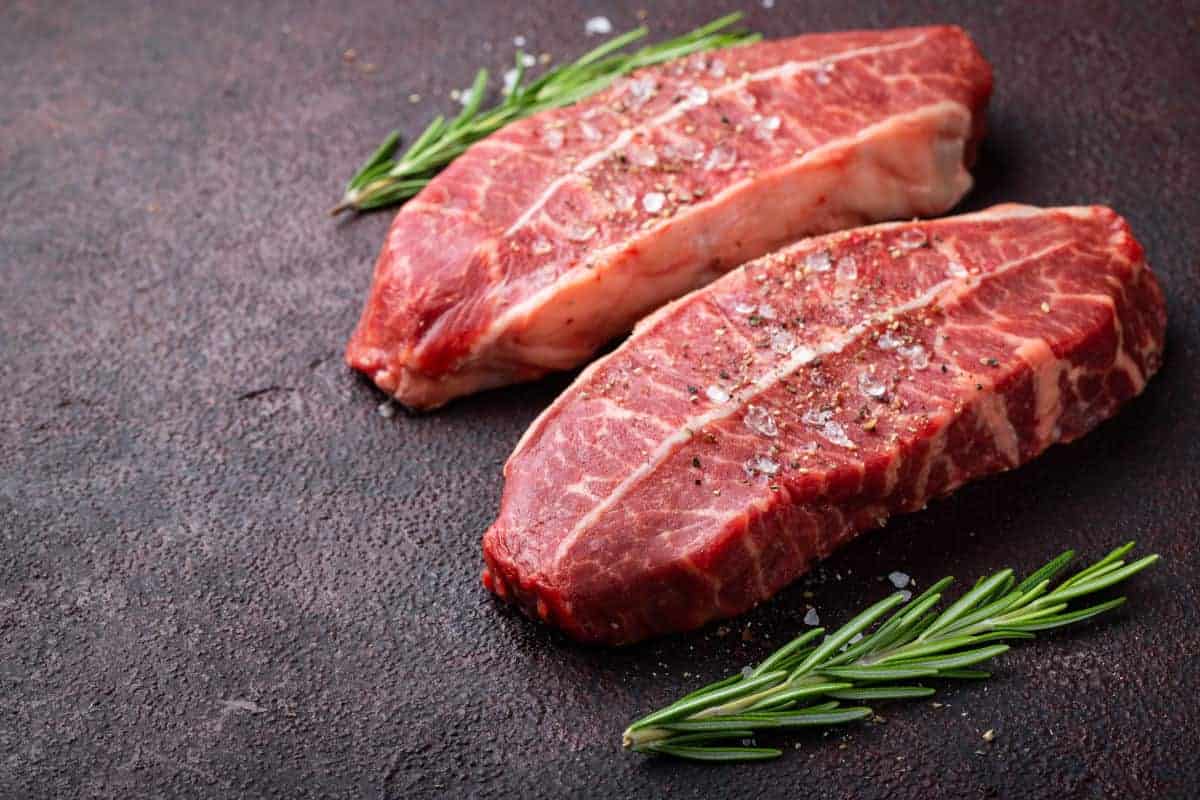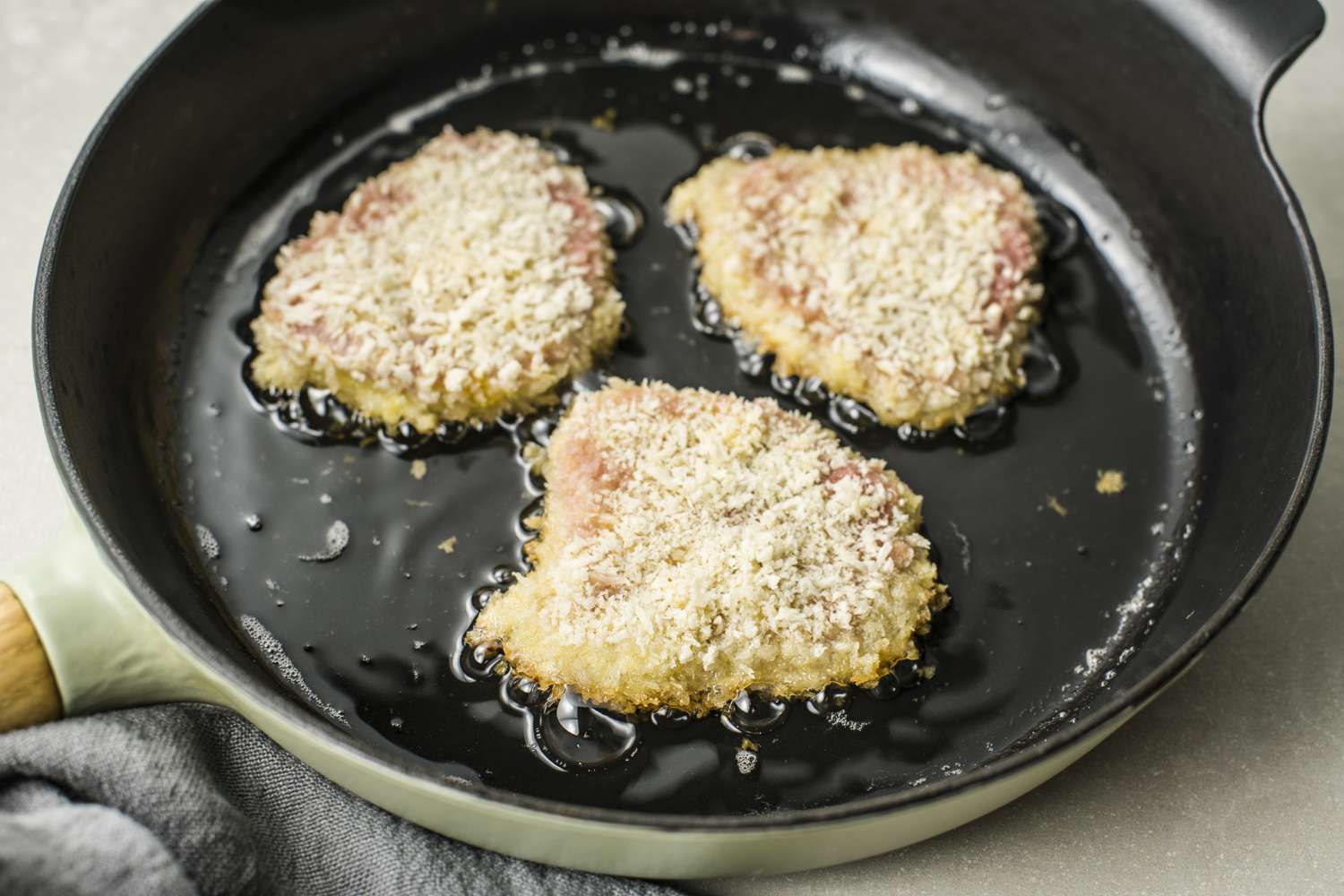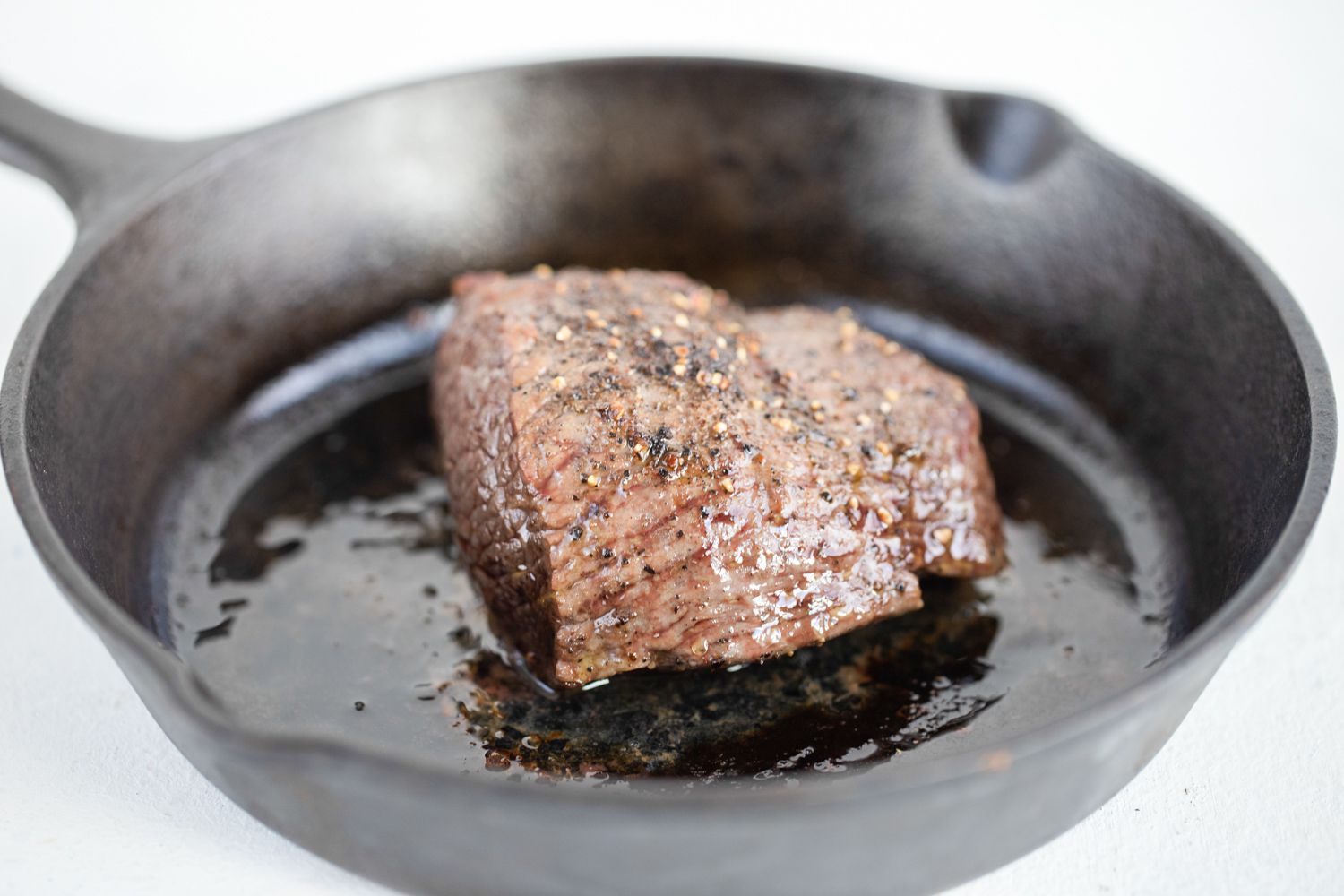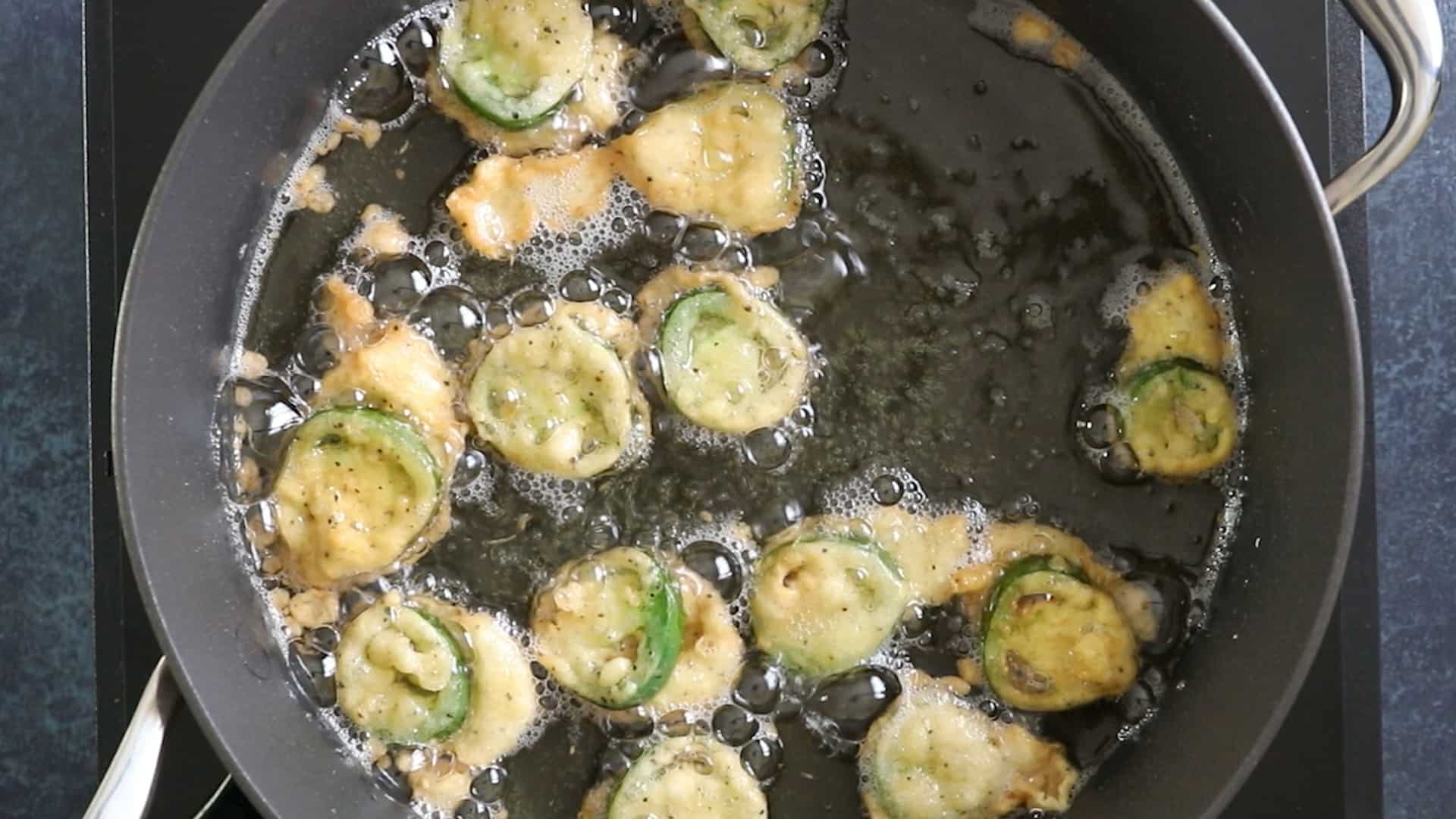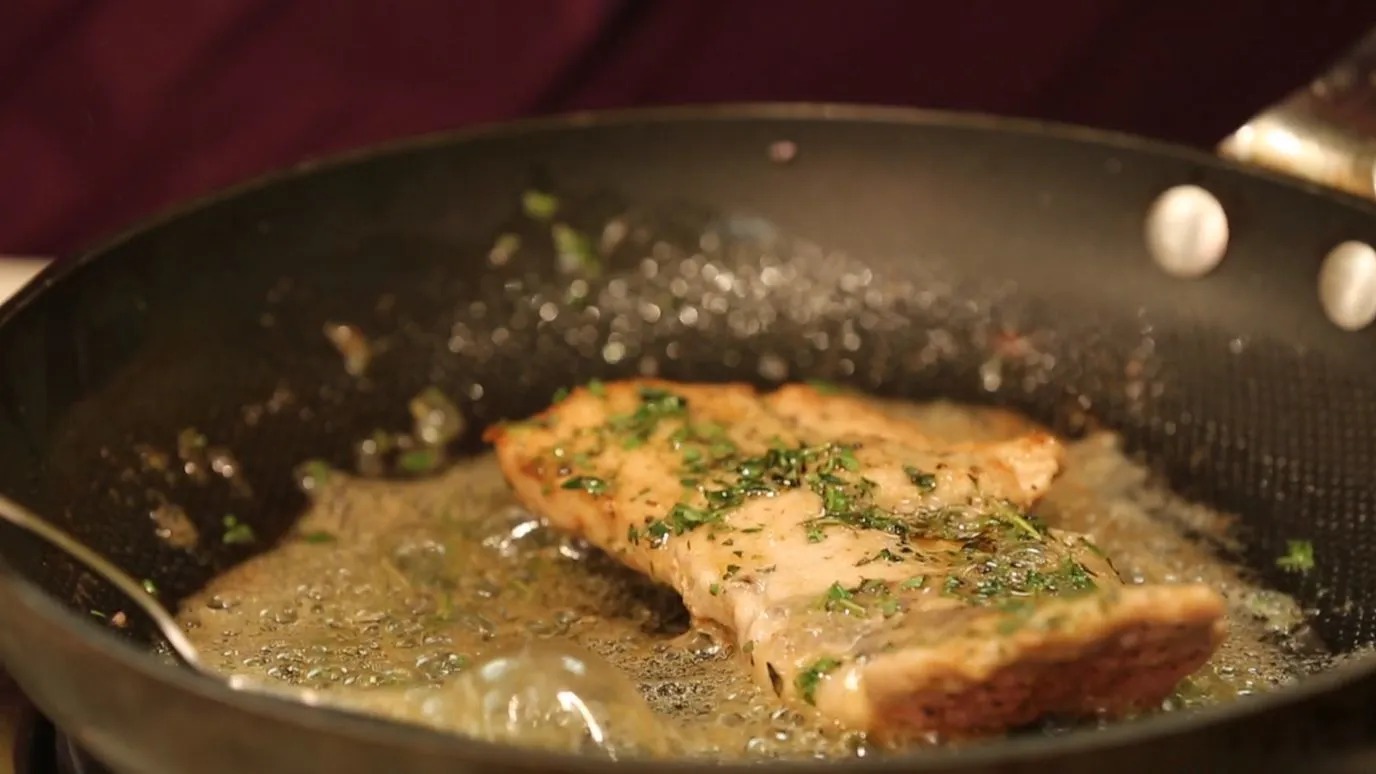Brining Fish: A Step-by-Step Guide
Brining fish before cooking is a simple yet effective way to enhance its flavor and texture. Whether you’re grilling, baking, or frying, brining can make a world of difference in the final outcome of your dish. If you’re new to the concept of brining, fear not! This step-by-step guide will walk you through the process of brining fish like a pro.
Why Brine Fish?
Before we delve into the specifics of brining, let’s talk about why it’s worth the extra effort. Brining involves soaking the fish in a saltwater solution, which helps to season the fish from the inside out. This not only adds flavor but also helps to keep the fish moist and tender during the cooking process. Additionally, brining can help to firm up the fish’s flesh, making it less likely to fall apart during cooking.
Choosing the Right Fish
Not all fish are created equal when it comes to brining. While most types of fish can be brined, it’s important to consider the texture and thickness of the fillets. Firmer fish such as salmon, trout, and halibut are ideal candidates for brining, as they can better withstand the brining process without becoming too soft or mushy.
Preparing the Brine
Now that you’ve selected your fish, it’s time to prepare the brine. The basic brine consists of water, salt, and sugar. A simple ratio to follow is 4 cups of water, 1/4 cup of salt, and 1/4 cup of sugar. You can also add additional flavorings such as herbs, spices, and citrus zest to customize the brine to your liking.
Ingredients for Basic Brine:
- 4 cups of water
- 1/4 cup of salt
- 1/4 cup of sugar
Brining Process
Once the brine is prepared, place the fish fillets in a shallow dish or resealable plastic bag. Pour the brine over the fish, making sure that the fillets are fully submerged. Refrigerate the fish in the brine for 15-30 minutes, depending on the thickness of the fillets. Be cautious not to over-brine the fish, as it can result in an overly salty flavor.
Rinsing and Drying
After the brining time is up, remove the fish from the brine and rinse it thoroughly under cold water to remove any excess salt. Pat the fish dry with paper towels before proceeding with your chosen cooking method. This step is crucial to ensure that the fish isn’t overly salty and to promote a crispy exterior when cooking.
Final Thoughts
Brining fish before cooking is a simple yet effective technique that can take your seafood dishes to the next level. By following this step-by-step guide, you can master the art of brining and enjoy flavorful, tender fish every time. Experiment with different brine flavors and cooking methods to find your perfect combination, and impress your family and friends with your newfound brining skills!
Now that you’re armed with the knowledge of how to brine fish, it’s time to put it into practice. Elevate your next seafood meal with the wonderful flavors and textures that brining can bring to the table!
Was this page helpful?
Read Next: How To Brine A Whole Pig

